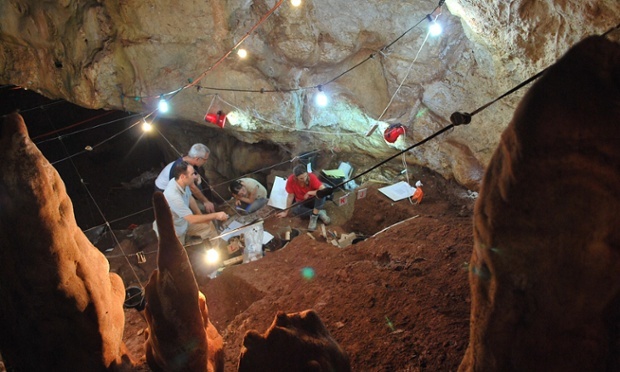
Very old human remains are as rare as they are precious to provide us with knowledge about human prehistory.
But now one of those rare discoveries has been made in a cave in northern Israel. The rare and unique discovery is a part of a humanoid skull, which may offer new clues to when modern humans first migrated from Africa.
The skull was found near the city of Haifa in northern Israel and it is indeed extremely old. The partial skull probably belonged to a woman who lived and died in the region about 55,000 years ago. It is, therefore, the oldest finding ever done of homo sapiens outside Africa.
Haifa has proven a real gold mine when it comes to early humanoid findings, with many early humanoid remains previously found in the area. But none of these has actually been from modern humans, until now.
It was a team of paleontologists who first made the discovery. They spotted the skull in a chamber inside the large Dan David-Manot cave. A cave that was first discovered by accident when a bulldozer broke through the roof of the cave while digging a sewer trench.
The paleontologists then abseiled down the hole into the cave through the ceiling and found this enormous cave opening up before them. A cave more than 20 meters (66 feet) deep, 50 meters (164 feet) wide and 100 meters (328 feet) long.
The original entrance to the cave probably collapsed about 30,000 years ago. This collapse effectively sealed the cave off from the rest of the world and thereby protected the content within for millennia to come.
Archaeologists from Tel Aviv University, Ben-Gurion University of the Negev and the Israel Antiquities Authority (IAA) rushed to the site and began excavating the cave where no human has been for 30,000 years.
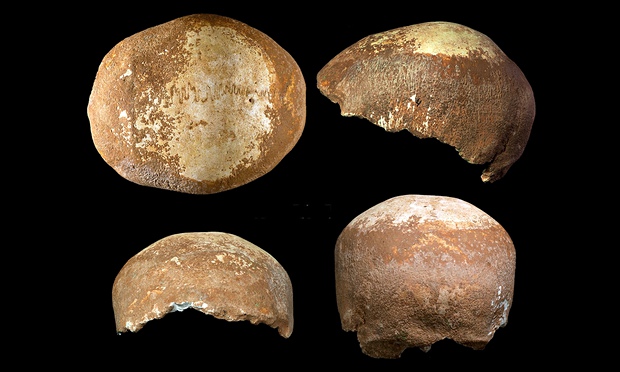
The skull is the most significant finding in the cave. With an age that falls within the time frame believed to be when the human’s exodus from Africa took place. When Homo sapiens walked out of Africa around 60,000 years ago.
The skull is, therefore, an important piece of the puzzle to understand how we spread from Africa to the rest of the world. Eastwards via India and southern Asia, north beyond modern China and then over the Bering Straits land bridge to North and South America. The ice age and harsh climate in Europe hampered humans to spread across much of the continent until about 45,000 years ago.
This first group of humans migrating into Europe must also have been the first to meet with Neanderthals already living there. A meeting that resulted in offspring and Neanderthal genes still present among modern ethnic Europeans, but also Asians, and Native Americans.
Many skeletons of Neanderthals from the same time period has been recovered from another cave in Isreal. The Amud cave which lies about 40 kilometers (25 miles) to the east of the Manot cave. And also the Kebara cave 30 kilometers (19 miles) to the south.
So modern humans and Neanderthals did indeed share this area of land for many thousands of years.
The study has been published in Nature, please see below for more information.
_______________
Levantine cranium from Manot Cave (Israel) foreshadows the first European modern humans
______________________________



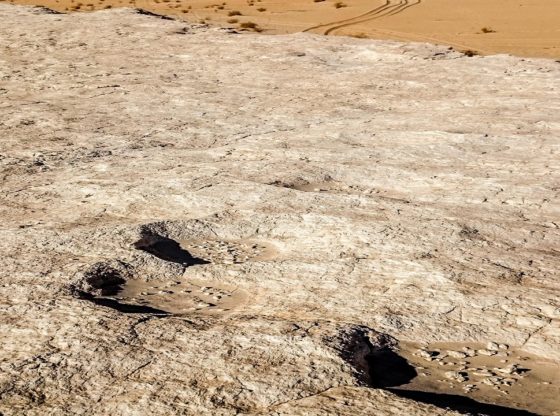
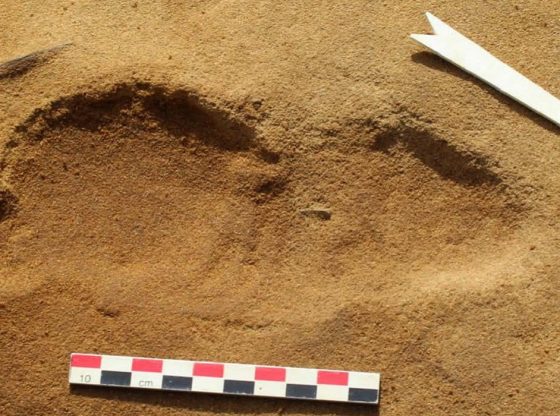
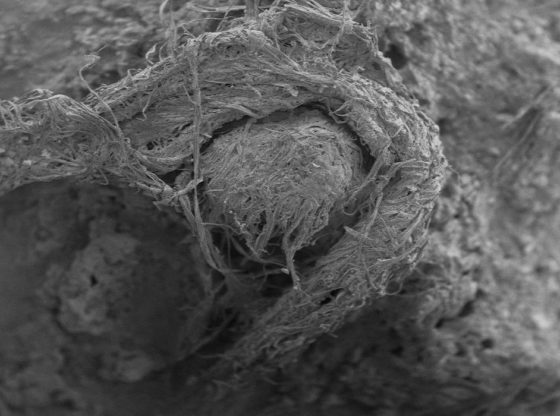
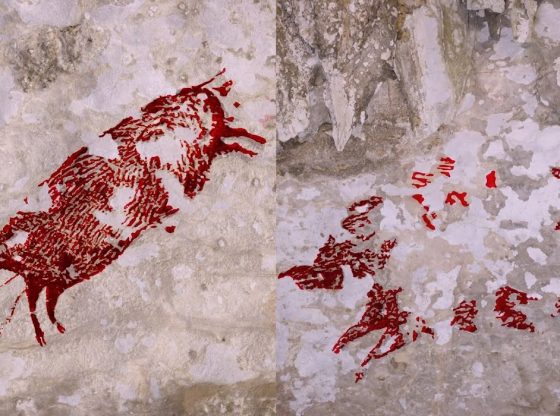
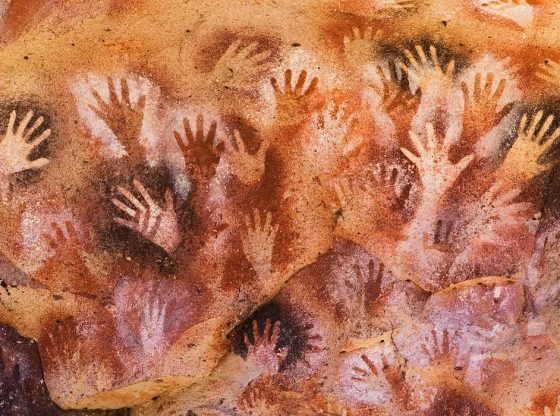
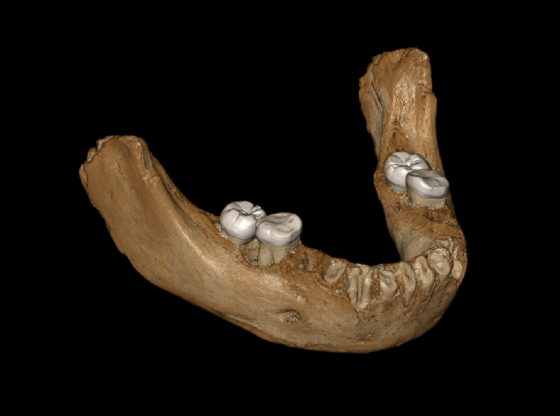
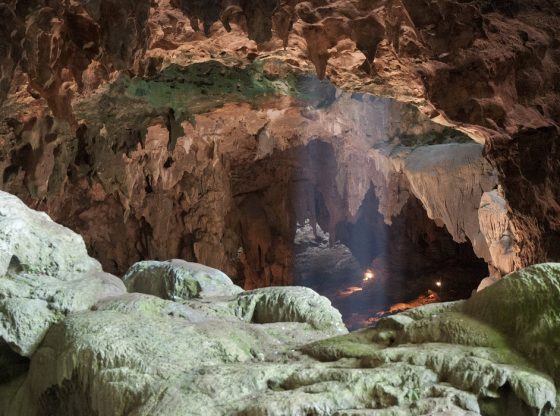

![OpenAI. (2025). ChatGPT [Large language model]. https://chatgpt.com](https://www.illustratedcuriosity.com/files/media/55136/b1b0b614-5b72-486c-901d-ff244549d67a-350x260.webp)
![OpenAI. (2025). ChatGPT [Large language model]. https://chatgpt.com](https://www.illustratedcuriosity.com/files/media/55124/79bc18fa-f616-4951-856f-cc724ad5d497-350x260.webp)
![OpenAI. (2025). ChatGPT [Large language model]. https://chatgpt.com](https://www.illustratedcuriosity.com/files/media/55099/2638a982-b4de-4913-8a1c-1479df352bf3-350x260.webp)








